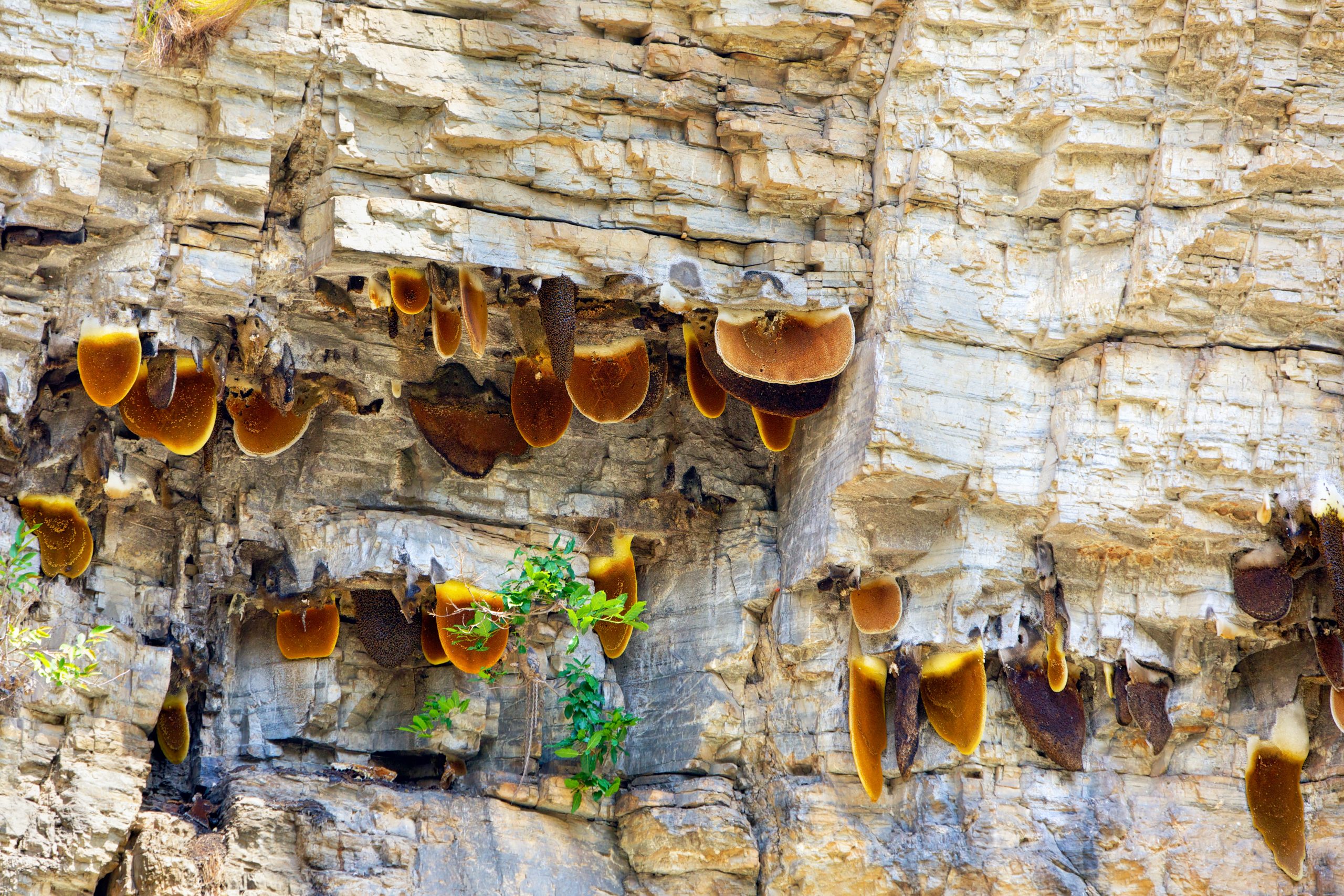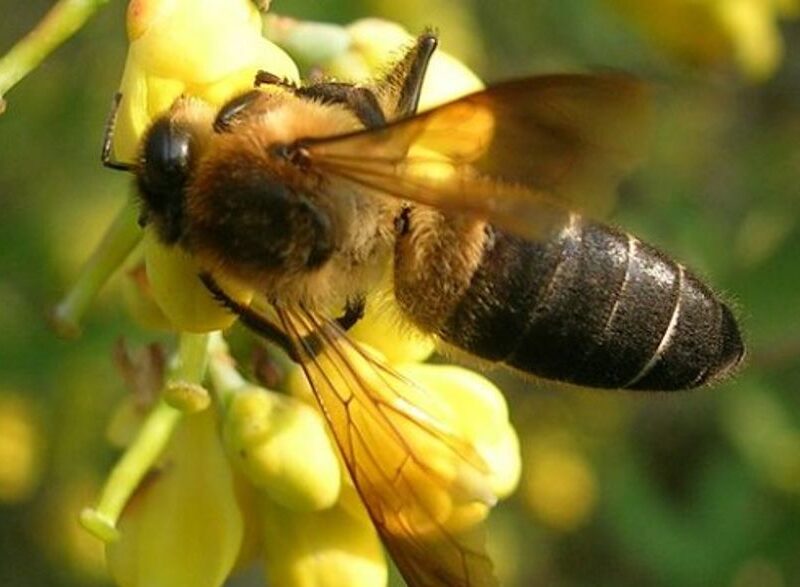Mad honey is a unique type of honey with a twist. It’s produced by bees that gather nectar from rhododendron flowers, which contain grayanotoxins, a type of neurotoxin. This honey stands out with its reddish color and slightly bitter taste.
Found primarily in regions like Nepal and Turkey, where rhododendrons thrive, mad honey carries risks due to its unpredictable toxin levels. Ingesting it can lead to health issues such as heart problems, nervous system disturbances, and digestive discomfort.
Mad honey’s unique taste and hallucinogenic potential attract some, but consuming it requires caution due to serious health risks.
What Regions Cultivate And Collect Mad Honey?
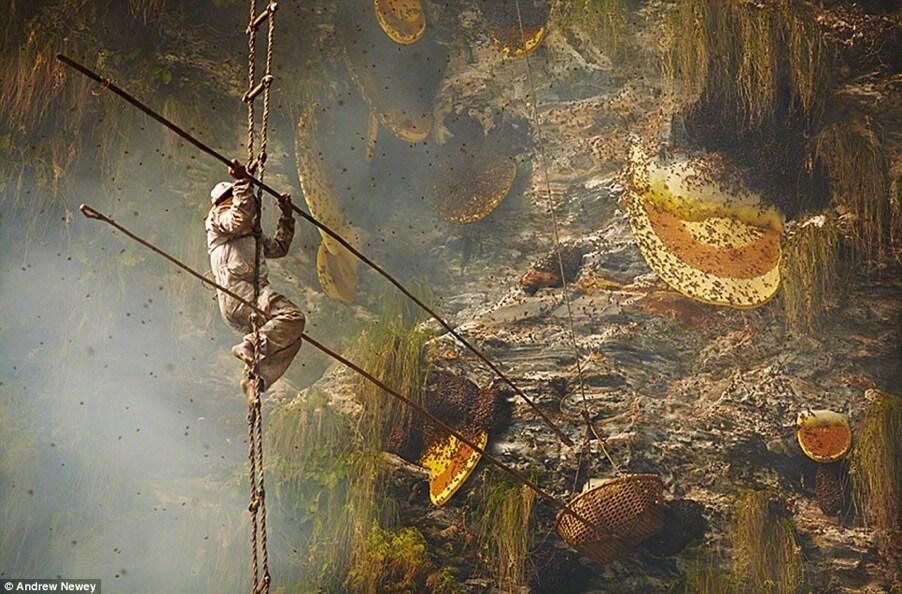
Mad honey is a unique type of honey that stands out due to its distinct reddish color and slightly bitter flavor. It’s crafted by bees, particularly the Apis laboriosa bees in Nepal and other regions. They gather nectar from specific plants, notably those in the Rhododendron family. These plants contain grayanotoxins, which contribute to the honey’s unique properties.
In Turkey, mad honey, or deli bal, has been used for centuries, serving both recreational and traditional medicinal purposes. Beekeepers in the Caucasus Mountains excel in crafting honey, and gathering nectar from plants such as Rhododendron luteum and Rhododendron ponticum.
Similarly, in the Hindu Kush Himalayan region, Apis laboriosa bees play a crucial role in producing mad honey. They build their nests in challenging environments, such as steep cliffsides at high elevations, making the harvesting process a daring endeavor.
Generations of communities, such as the Gurung people in Nepal and northern India, have honed the art of honey gathering. They often risk their lives by scaling cliffs to reach the hives.
However, due to various factors such as overharvesting, dam construction, and deforestation, Apis laboriosa populations have experienced significant declines. To address this, experts recommend adopting sustainable harvesting practices, such as leaving portions of the honeycomb undisturbed and only harvesting what is necessary.
Mad honey, mainly found in Asia, sporadically occurs in regions like the Appalachian Mountains in the United States. Mountain laurel and sheep laurel contain toxins akin to those in mad honey, posing risks if ingested excessively.
In Europe, honey containing grayanotoxins is sourced frthe om plants like Rhododendron ferrugineum, mainly found in the Alps and the Pyrenees. However, despite the presence of these toxins, reported cases of intoxication from consuming such honeys within the European Union remain minimal.
What Are The Symptoms And Risks Of Mad Honey Consumption?
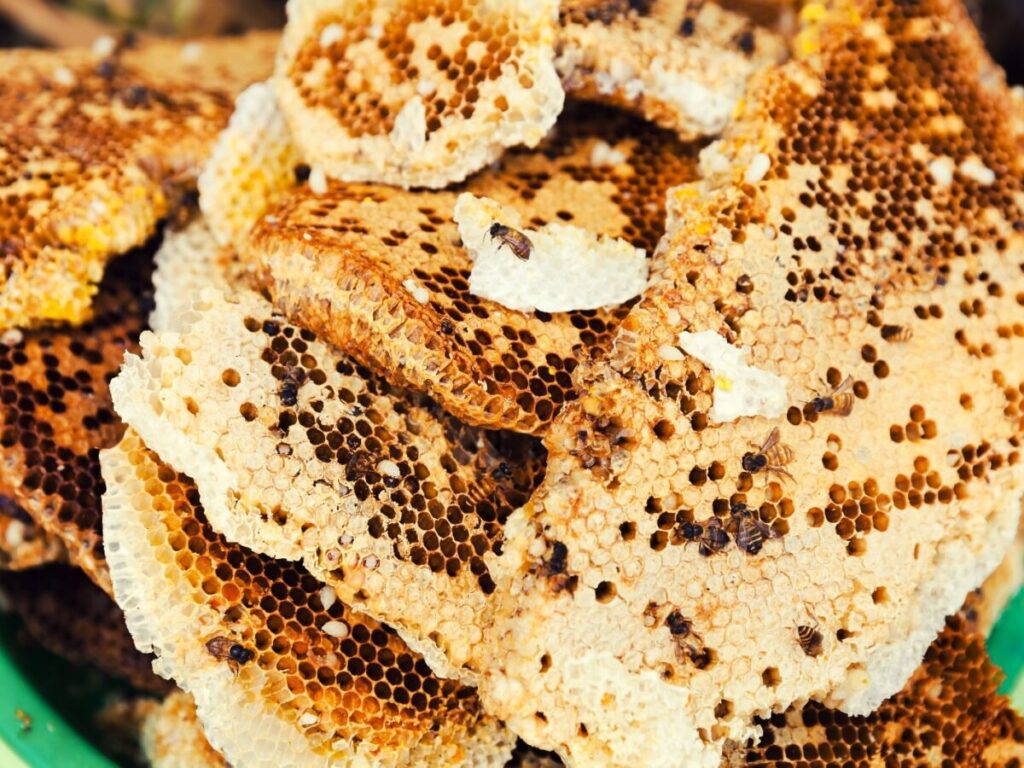
Although prized for its unique properties, Mad honey can pose significant risks to those who consume it due to its grayanotoxin content. Grayanotoxin poisoning, also known as mad honey disease or honey intoxication, occurs when individuals ingest honey containing high levels of grayanotoxins.
Notably, bees themselves are immune to the effects of these toxins.
In humans and certain other animals, grayanotoxins primarily target the central nervous system by binding to sodium ion channels and preventing their closure. This interference leads to a range of physiological effects, including lowered blood pressure (hypotension) and decreased heart rates (bradycardia).
As a result, individuals may experience symptoms such as lightheadedness, blurred vision, dizziness, and difficulty breathing. Severe cases of low blood pressure can lead to nausea, fainting, seizures, irregular heart rhythms, paralysis, and unconsciousness.
The severity of mad honey intoxication depends on the amount consumed and the concentration of grayanotoxins present.
Low-dose cases may manifest as
- numbness
- dizziness
- or a feeling of swooning
- Lightheadedness
- Euphoria
- tingling sensations
High Doses
- Hallucinations
- Vomiting
- Loss of consciousness
- Seizures
- In rare cases, death
Speech may become impaired, with syllables and words spoken out of sequence. Fortunately, most symptoms tend to subside within hours to days, with recovery typically occurring within 12 hours.
Despite the potential severity of grayanotoxin poisoning, reported cases of fatalities are rare. A review of 1200 cases found no deaths, indicating distressing effects but generally non-life-threatening outcomes.
Mad honey poisoning treatment includes atropine, adrenaline, and saline to manage symptoms and stabilize the patient’s condition, with supportive measures.
Usages of Mad Honey (Traditional and Risky)
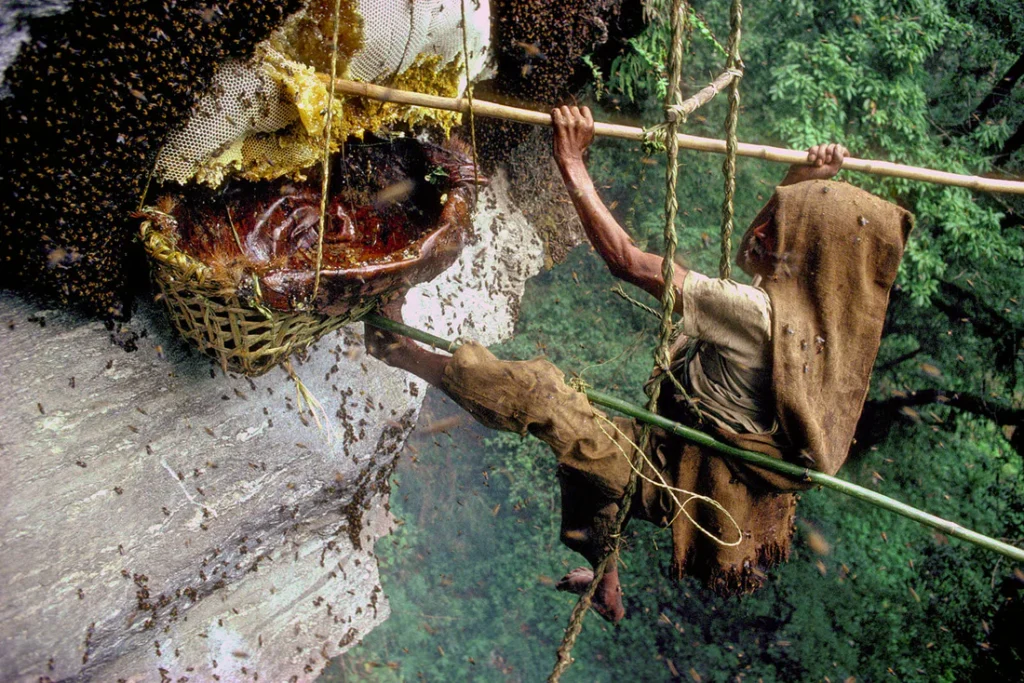
Mad honey has a complex history of usage, with both traditional medicinal applications and risky recreational purposes. Here’s a breakdown of its various uses:
Traditional Medicine
In regions where mad honey is harvested, it has been used for centuries as a traditional remedy. Some believe it has healing properties and use it to treat ailments such as sore throats, digestive issues, and even impotence. However, caution is necessary due to its potential toxicity.
Culinary Delicacy
Mad honey is occasionally used in cooking and baking. Its unique flavor, which combines sweetness with a hint of bitterness, can add an interesting twist to dishes. Chefs and food enthusiasts experiment with it in recipes, but it’s not widely available for culinary purposes.
Recreational Use
Some adventurous individuals seek out mad honey for its psychoactive effects. Consuming small amounts can lead to feelings of relaxation and euphoria. However, it’s essential to be aware of the risks and potential side effects.
Exploration and Curiosity
Mad honey has a mysterious allure due to its rarity and historical significance. People who are curious about unique natural substances may try it out of sheer fascination.
Tourism and Cultural Experience
In Nepal and certain parts of Turkey, tourists may encounter mad honey during their travels. Learning about its production, history, and effects can be an interesting cultural experience.
FAQ’s
Is mad honey illegal?
Yes, In the United States, it’s legal to purchase mad honey. However, countries like Australia and South Korea have banned it because of its hallucinogenic properties. Nepalese mad honey can be sold on black markets in these countries for as much as $80 per pound.
What is mad honey made from?
Mad honey is made from the nectar and pollen of Rhododendron species and other plants in the family Ericaceae. These plants produce grayanotoxins, which can be found in honey made from their nectar.
Is mad honey safe to consume?
No, Mad honey is not safe to consume as it contains grayanotoxins, which can lead to intoxication or poisoning upon ingestion. While honey has been used as a folk medicine for centuries, mad honey differs from regular honey due to its contamination with grayanotoxins.
Final Words
Mad honey, with its unique flavor and potential for hallucinogenic effects, may seem intriguing. However, its association with neurotoxins makes it a risky choice.
The unpredictable levels of grayanotoxins present significant dangers, including heart problems, nervous system issues, and digestive distress. While it’s fascinating to explore the world of unique foods, safety should always come first. So, it’s best to avoid consuming mad honey altogether to safeguard your health and well-being.

